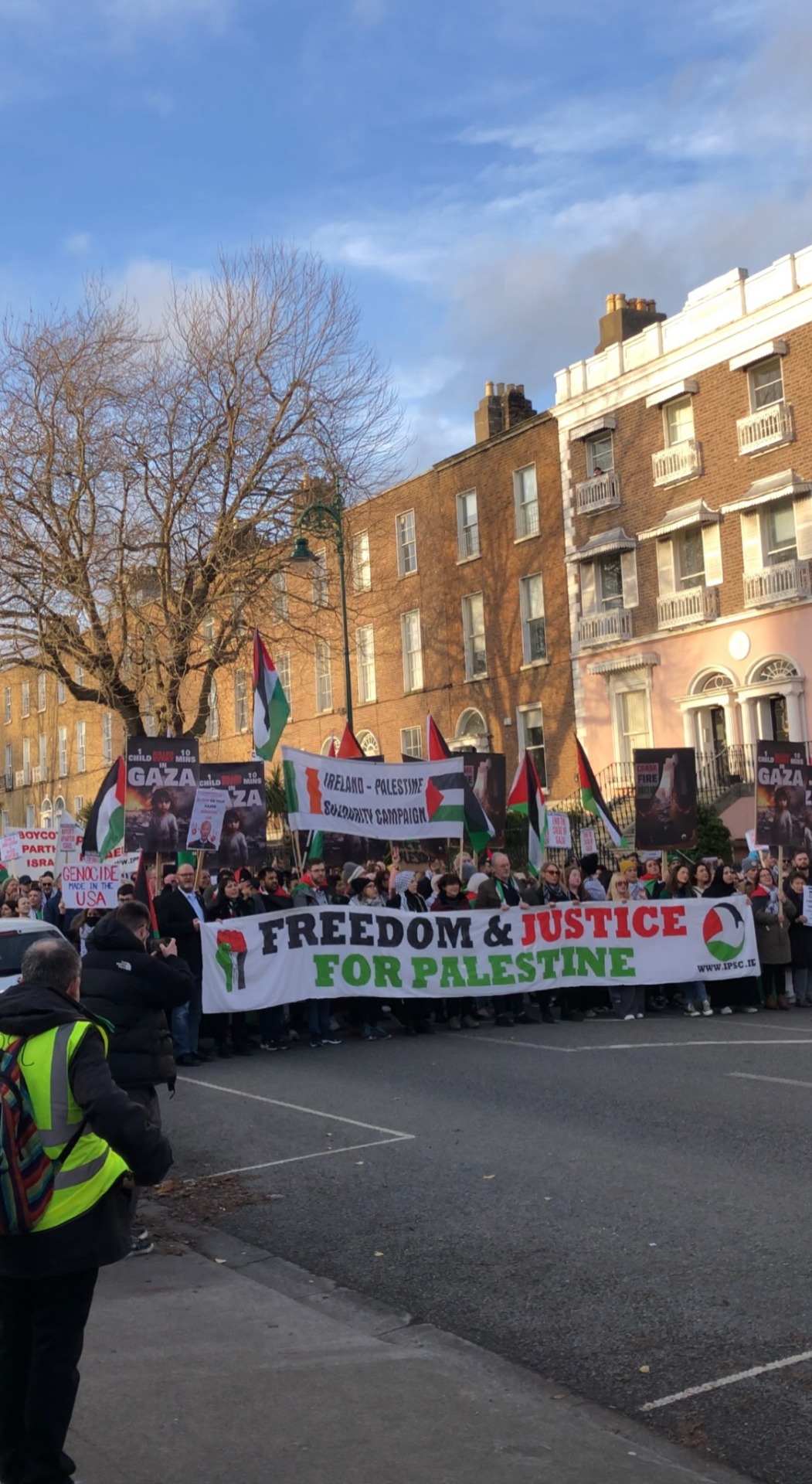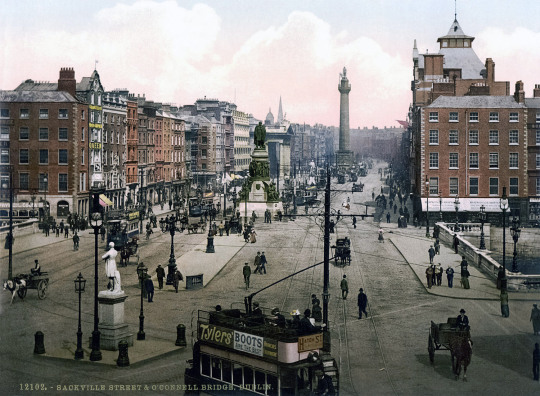#cliath
Explore tagged Tumblr posts
Text

Salmon-Stealer, Red Talon Ragabash Cliath, the favorite cub of her father River Walker.
Featuring the shirt she stole off of a dead man when her aunt, Shield-Against-Winter, took her to observe the humans closely. Whelp's Compromise don't fuck around okay!
#world of darkness#owod#werewolf the apocalypse#red talons#wta#c: salmonstealer#cliath#lupus#lupus garou#wolfborn#w5#w20
22 notes
·
View notes
Text


Discord I'm Howling at the Moon
#werewolf the apocalypse#werewolf: the apocalypse#my art#wtap#galliard#black fury#black furies#cliath#world of darkness
29 notes
·
View notes
Text




Free Palestine protest outside US Embassy in Ballsbridge, Dublin (Santa included)
🇵🇸 🍉🎅🏼
Dublin, Ireland
#free palestine#free gaza#free west bank#us embassy#Dublin#Baile Átha Cliath#ireland#éire#Palestine#gaza#West Bank#ceasefire#ceasefire now#saoirse don phalaistín
177 notes
·
View notes
Text
Some Quick Werewolf: the Essentials trivia
At the time of this writing, Book 1's wordcount shares the same number of entries found in Webster's Third New International Dictionary and Addenda Section, at 450,000 words!
10 notes
·
View notes
Text
horrible, terrible sudden thought of garou having eight nipples like wolves
#werewolf the apocalypse#we're not makin it out of cliath with this one boys#9ft tall crinos form werewolf but shes got 8 tiddys#is this anything
10 notes
·
View notes
Text

🇮🇪 📷 Sackville Street and O'Connell Bridge in Dublin, a.k.a. Baile Átha Cliath, Ireland - a photochrom print from the 1890s
#Europe#vintage#photography#Europa#Ireland#Irish#irish history#dublin#Baile Átha Cliath#cityscape#nostalgia#architecture#foto
12 notes
·
View notes
Text

Dublin / Baile Átha Cliath, Ireland 🇮🇪 - 📷 The River Liffey and Samuel Beckett Bridge at the Blue Hour
#Dublin#Baile Átha Cliath#Ireland#Éire#Seeing Europe#photo#photography#travel#Europe#travel photography#foto#fotografie#photos#Europa#city#cityscape#architecture#skyline#blue hour#Liffey#bridge#Modern Architecture#river#Night Photography#irish
11 notes
·
View notes
Video
Bedford Tower - Dublin Castle [IMG_3326] by Kesara Rathnayake Via Flickr: Bedford Tower, Dublin Castle, Ireland Caisleán Bhaile Átha Cliath, Éire
#Caisleán Bhaile Átha Cliath#Éire#Dublin#Dublin Castle#Ireland#Baile Átha Cliath#castle#architecture#canon#16mm#travel#travel photography#2024#foto#photo#photography#B&W#Black and White#mono#monochrome#Black & White#tourists#wide angle#bedford#tower#bedford tower#castle ground#flickr
4 notes
·
View notes
Text
céist: an bhfuil sé go-dona mar ní thuigim sin ads le Spotify as Gaeilge go leor nó most rudaí as Gaeilge?? Ceapaim líofa agam ach nuair a ceapaim láidir mé... Caithfidh mé stáidir níos mó. Mothaím a lán ads agus programmes ag caint Gaeilge go tapadh, nó tá focail siad ní thuigim. Níor chonaic mé an focail sin freisin nuair a bhí mé ag stáidear sa scoil, agus bhí mo mhuinteoir go hiontach. An bhfuil aon duine a mhothaíonn sin freisin? Nó ar thuigeann mé an Gaeilge simplí (agus mar sin táim insecure nuair a caith an fáinne mise.) Níl a fhios agam😕 Is vent anseo, ach beidir cúpla daoine a ceapainn siad freisin.
#gaeilge#irish#gaeilgeblr#edit: an bhfuil aon daoine i gcónaí i mBaile Átha Cliath a mhothaíonn sin? bc i feel its definitely a widespread feeling here in particular
2 notes
·
View notes
Text
irish transcription assignment is kicking my ass and tbh i think its just gonna have to be submitted late bc im flying out tomorrow morning and last time i tried to stay up late to finish an assignment before a flight i had a tonic-clonic grand mal tongue biting brainfuck seizure on the floor of dublin airport. so maybe its bedtime
#connor pls. i know what you're saying but i cant figure out the words...........like i totally dig that you like to play sports and watch tv#and even that you live in baile atha cliath...like thats awesome#but i cant be fucked really
1 note
·
View note
Text

It's time for the hunt
Inspired by James Fenner's work!
#werewolf the apocalypse#werewolf: the apocalypse#my art#wtap#galliard#black fury#black furies#cliath#world of darkness#paints
6 notes
·
View notes
Text

Free Palestine march
Dublin
18th November 2023
#ireland#free palestine#palestine#gaza#éire#dublin#baile atha cliath#saoirse don phalaistín#west bank
111 notes
·
View notes
Text

🇮🇪 📷 A student with her bike in front of the prestigious Trinity College in Baile Átha Cliath, also known as Dublin. Captured by Willem van de Poll during his stay in Ireland in 1946.
#Willem van de Poll#Baile Átha Cliath#Dublin#Éire#Ireland#bike#bikes#bicycling#Fascinating Europe#Europa#Europe#Architectural Revival#heritage#black and white#BW#black and white photo#vintage#photography#photo#foto#fotografie#photos#cityscape#street photography#old views#European heritage#1940s#20th century#biking#old photo
11 notes
·
View notes
Text
little bits of irish history for curious hozier fans: street signs edition
Do you love the song Butchered Tongue? Pay attention to these lines here:

So, may I draw your attention to the The Official Languages Act 2003 (Section 9) Regulations 2008 (S.I. No. 391 of 2008).
ok stay with me
In 2008, the Irish government passed legislation that made it mandatory for road signs in Ireland to have both Irish (Gaeilge) AND English names on them (or, in Gaeltacht areas where Gaeilge is still the first language, only in Irish). Here’s an example:

The Irish, or Gaeilge, is always above the English and italicised. This is because that while Gaeilge and English are both official languages of Ireland, Gaeilge is the ‘first’ official language
However, while it was technically only legislated in 2008, bilingual road sings in Ireland had been extremely common for decades prior to it officially being made law. In fact, the first bilingual signs date back to the early 20th century - before our independence from Britain!
In Tom Spalding’s book Layers: The Design, History and Meaning of Public Street Signage in Cork and Other Irish Cities, he found that the first recorded bilingual street sign was in Blackrock, Dublin (An Charraig Dhubh, Baile Átha Cliath). Their local council in 1901 rolled out yellow and black bilingual road sings as part of the Gaelic Revival.
The Gaeilc Revical was a period of time in Irish history that saw a huge resurgence of Gaelic art, sport, and language. Literature was written by Irish people about Irish history, current affairs, and folklore. Traditional Irish music was learned and played again. Gaelic games (Gaelic football and Hurling) spread across the country. And Gaeilge, our language, was to experience an incredible revival.
Despite Ireland’s long colonial history, Gaeilge actually remained the majority tongue until the early 19th century. However, a combination of teachers beating children for speaking it at school, the genocide of the famine wiping out mainly poorer communities more likely to speak Gaeilge, and the knowledge that speaking English unfortunately provided more opportunities than Gaeilge, the language was almost killed off. (This is shown most clearly after the 1800 Act of Union that meant Ireland was ruled directly from London, with no parliament in Dublin).

Although these maps make for grim viewing, Irish is so very far from dead. Our children learn it from the ages of 4-18 in school (though I believe it can and should be taught better, but I digress). Gaeltacht communities are still going strong particularly in the west of the country. There are more Irish-language schools (gaelscoileanna) than ever before.
And every day as we pass by road signs that display Gaeilge proudly, it is as a result of decades, centuries of people refusing to stop speaking our mother tongue despite incredible violence.
I am far from a fluent Irish speaker, despite my 14 years of learning the language in school. But what Gaeilge I have, I have proudly.

(The work isn’t over, however. I do not feel knowledgeable enough to speak on Northern Irish efforts to implement more widespread bilingual signage but anyone who wishes to share some info please do!!)
6K notes
·
View notes
Video
St. Patrick’s Hall Ceiling [IMG_3316] by Kesara Rathnayake Via Flickr: Photo taken at the St. Patrick’s Hall, Dublin Castle, Ireland. (Caisleán Bhaile Átha Cliath, Éire)
#Caisleán Bhaile Átha Cliath#Éire#Dublin#Dublin Castle#circle#shape#shapes#Ireland#Baile Átha Cliath#castle#architecture#canon#16mm#travel#travel photography#2024#foto#photo#photography#lights#lampshade#wide angle#chandelier#pillars#royal#frames#light#hall#tourists attraction#St. Patrick’s Hall
3 notes
·
View notes
![Bedford Tower - Dublin Castle [IMG_3326]](https://live.staticflickr.com/65535/54311327681_8d23d4e60f_b.jpg)









![St. Patrick’s Hall Ceiling [IMG_3316]](https://live.staticflickr.com/65535/54308617085_a501ca069e_b.jpg)